Artists hiding out ( ) in the Mountain
‘( ) in the Mountain’ is a new artist collective and the second group to use the Hide Out space at De Besturing, an industrial studio complex in The Hague. The Hide Out program helps young artists and collectives to organize themselves and it provides the use of a large studio space for three years. This October the second Hide Out group opened their doors with their first exhibition as a collective. Let’s hear what being an artist collective is all about.
FEATURE | INTERVIEW

When I enter the studio on Saturday, it is still quiet. The opening of the exhibition was last night and the artist are still recovering from the event. I meet Alicja Mackiewicz, Jeremi Biziuk, Kiara Amartya Mohamad and Mina Yee, who within the context of this transcribed interview speak with one voice. Hana Spillerová and Yan-Bing Wu are also part of ( ) in the Mountain but the first is working on her side job while the last decided to continue studying at Sandberg Institute in Amsterdam. This leaves one desk open to a new member for a period of about 6 months. A call has been sent out and a decision on who this will be, will soon be made.
Last year in December ( ) in the Mountain organized their first event with a dinner for invited guests. Since the artist group consists of six KABK graduates who grew up in different countries, they decided to create a multi cultural menu with food from their homelands. The dinner took place in the kitchen of the studio space.
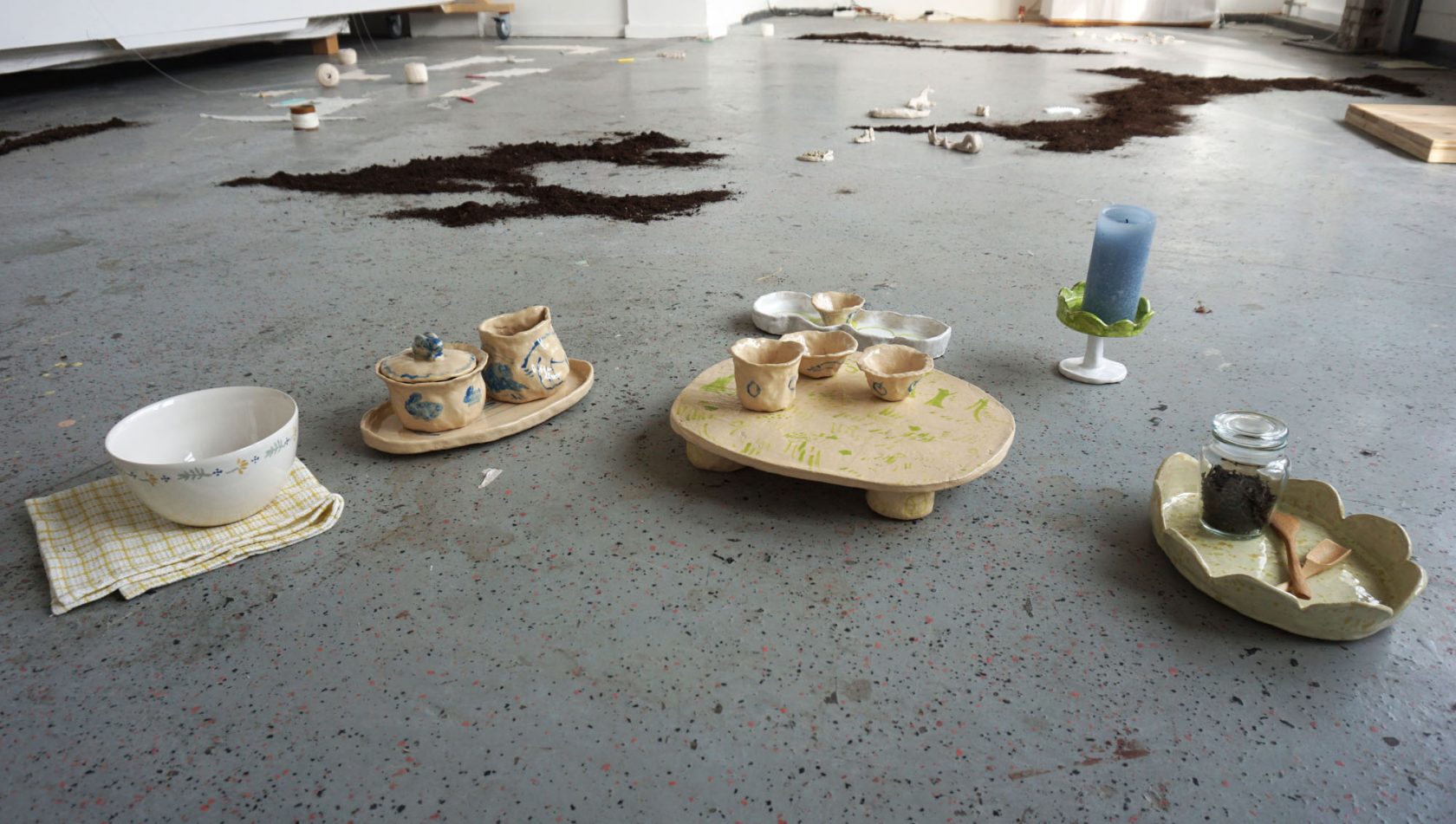
“We really wanted it to be like not a usual opening but more like for people to come to our kitchen to kind of inaugurate the space with us. We made a menu with dishes that are close to us, to show some of our personal background. In the mean time we showed the work space, talked about our practice and listened to vinyl records together.”
Some artifacts and souvenirs ended up in a blue house shaped cupboard hanging on the wall between the kitchen and the large central space of the studio. It seems to function as a communication board for the members of the group. I also notice some small publications which turned out to be brought in by guest artist Anna Lesiczka last May.
“One of our friends from KABK who does her master’s in Stockholm invited herself to a month long residency in our space and she made these booklets and had a presentation here which was like a hang out spot. Her idea to reside here had the same kind of feel like we how all came together as a group, so it sort of suited our concept. We want everything to grow organically because we want to build a community based on the dynamics between us. I think we also try to stay true to our characters. Like for instance at art exhibitions or openings, we do feel quite shy or awkward. So whenever we do have events, we try to make it more cozy and atmospheric. And we also try to embrace the process more than focusing on the end result. After her stay, we left the furniture like it was. It functions as our meeting place now.”
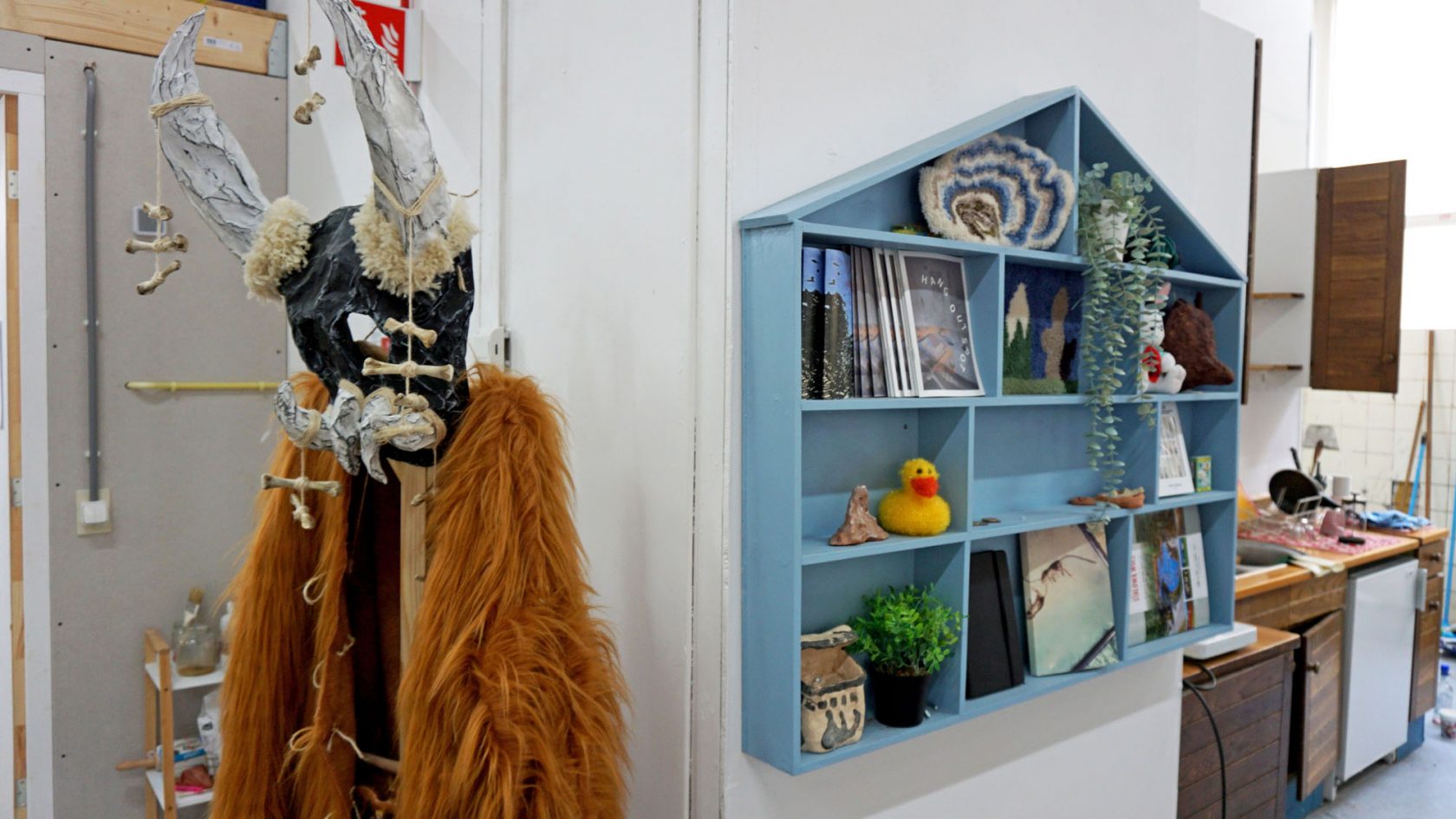
The collective will gradually open up to the outside world with a step by step program titled ‘How to build a house’. The current exhibition in the front space is the first step in this process titled ‘Laying the foundation’.
“We have planned a series of events that will evolve in time and use the practical framework of how a house is built. And starting from this, we are trying to make the steps in more poetic ways. So we decided that first of all, we are going to focus on the floor and make an exhibition in which everything is visually low to the ground. And secondly, we decided to focus on something which for everyone is fundamental for our home to exist. But it doesn’t have to be practical like conventional house building materials, it is more symbolic and conceptual. Everything is a little bit merging together, but we still have ‘islands’ with the video of Mina in the corner, the sculptures on the ground are Kiara’s, the soil shapes are made by Hana, Jeremi made a the sound piece with the mixer, the tea set is from Yanbing, and Alicja made the embroideries. We try to kind of rewrite this idea of what is ‘home’ or what is ‘safety’? The idea of a household is also shifting. We are trying to build a house and it’s the start of building something together and growing. And it is also a reflection on our own situation as young artists right now and to be honest about it somehow.”
And what do you mean by being honest about it?
“Well that sometimes there’s no material or no money to make or create something. When we were preparing for this show, quite a lot of us were under a lot of personal stress because of the current housing situation. So it was already something that was taking up a lot of our head space and energy. If we don’t succeed in building a house, this is also part of the experience.”
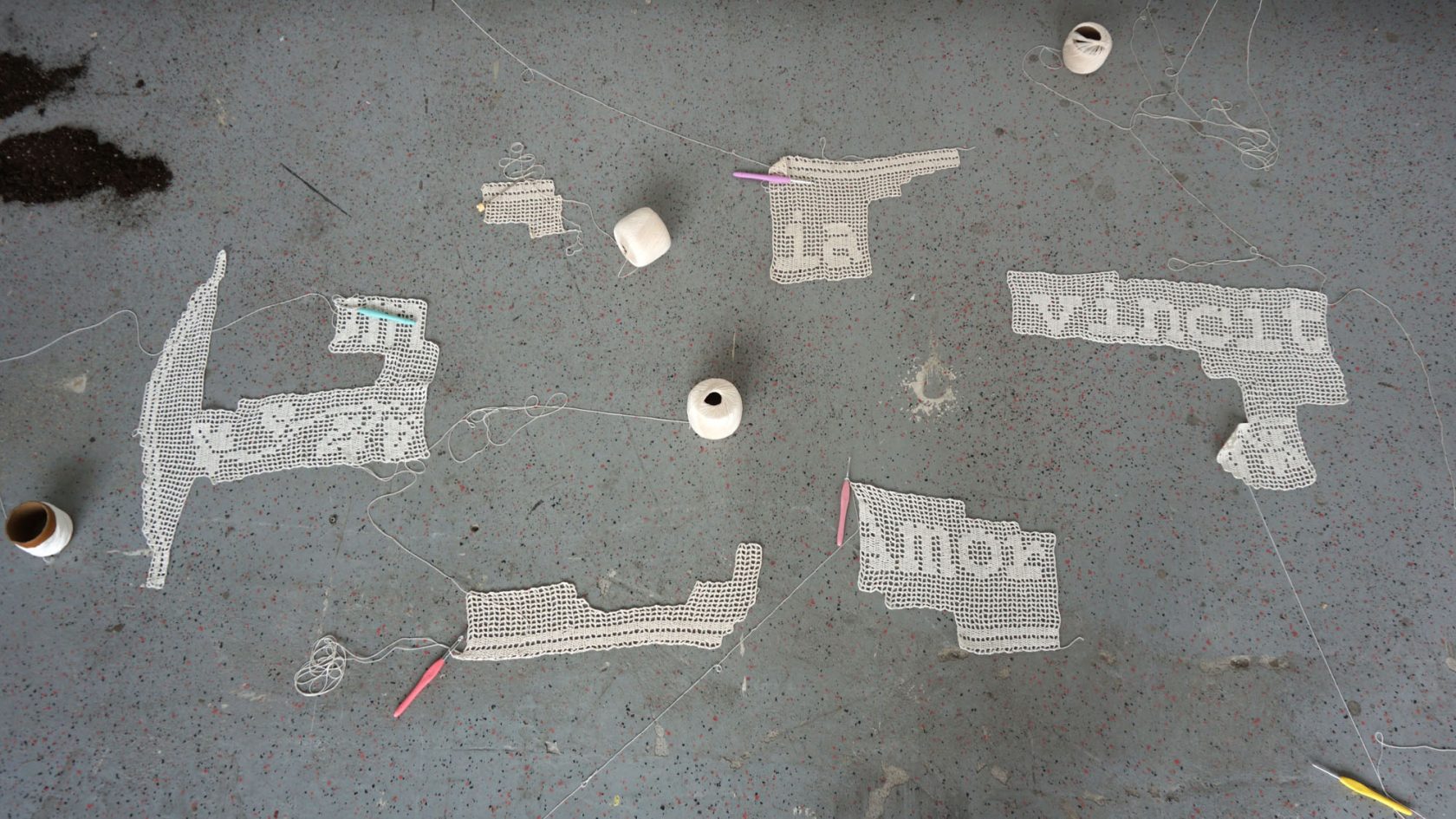
So, now you sort of made your first statement as an artist, which must also be some sort of a statement to each other within the group. How good do you know each other?
“Very well… Too well. Four or five years already. We are already some kind of family. We all studied Fine Art at the KABK and graduated together. And after that, we were sort of trying to find some studio space and maybe work together on that in a practical sense. And then we saw the HIDE OUT call for a collective space at De Besturing and we were like, guys, should we just go for it? Without the call, we wouldn’t be a collective.”
And you also studied during the most intense period at KABK when a lot of nasty incidents were taking place, students started speaking out about social safety and the covid epidemic emerged.
“Yes, literally everything happened then. Also there were twice as much students as in regular years. But I feel like, to be honest, the challenges and the unsafe situation in the academy that we felt, also helped us to get closer to each other. We actually started doing things together and stopped relying on the school all the time. We then also started doing an exhibition outside of the school. We trusted each other way more because there is no hierarchy between us.”
You felt this hierarchy within the academy?
“Sometimes. There were a lot of different instances. There was a feeling, that coordinators wanted us to behave. It was very authoritative. We felt like the decisions that the department made on behalf of us were not in our best interest. But within our last two years, there was a shift in dynamics. We felt it the most.”
“Within the academy, we really felt the pressure to perform as a certain character. If you want to show something, you have to scream. You have to make it big. You have to kill yourself. You have to be sick for three weeks afterwards. And it just has to be very bombastic. But, I’m like, what if I want to whisper? Maybe we want to like, get rid of the spotlights, I would say. So you’re an artist, so you are special, sensitive and shy, but at the same time you have to make something great and scream to get something.”
You feel like you have to be self-confident and question yourself at the same time?
“Yeah.”
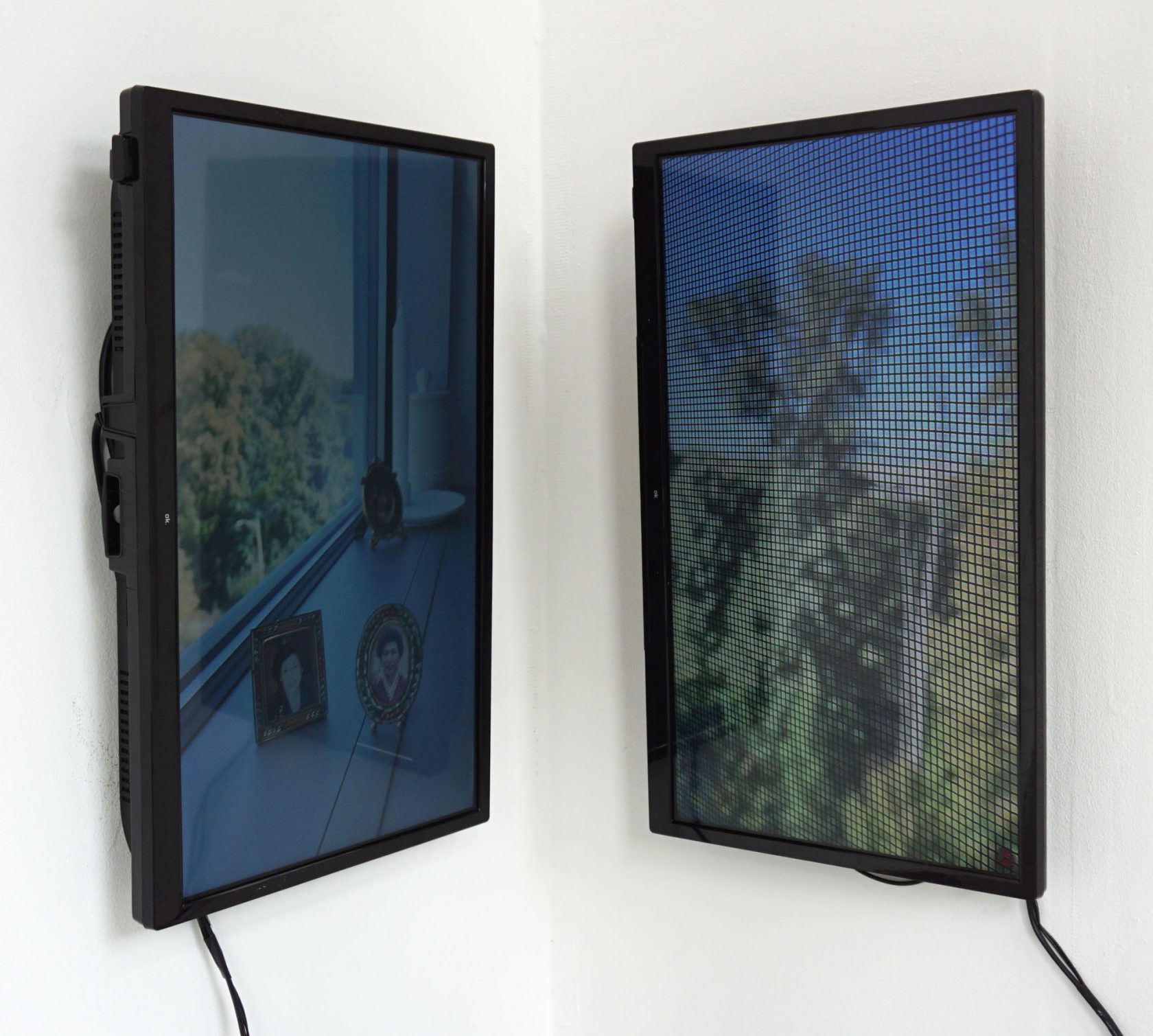
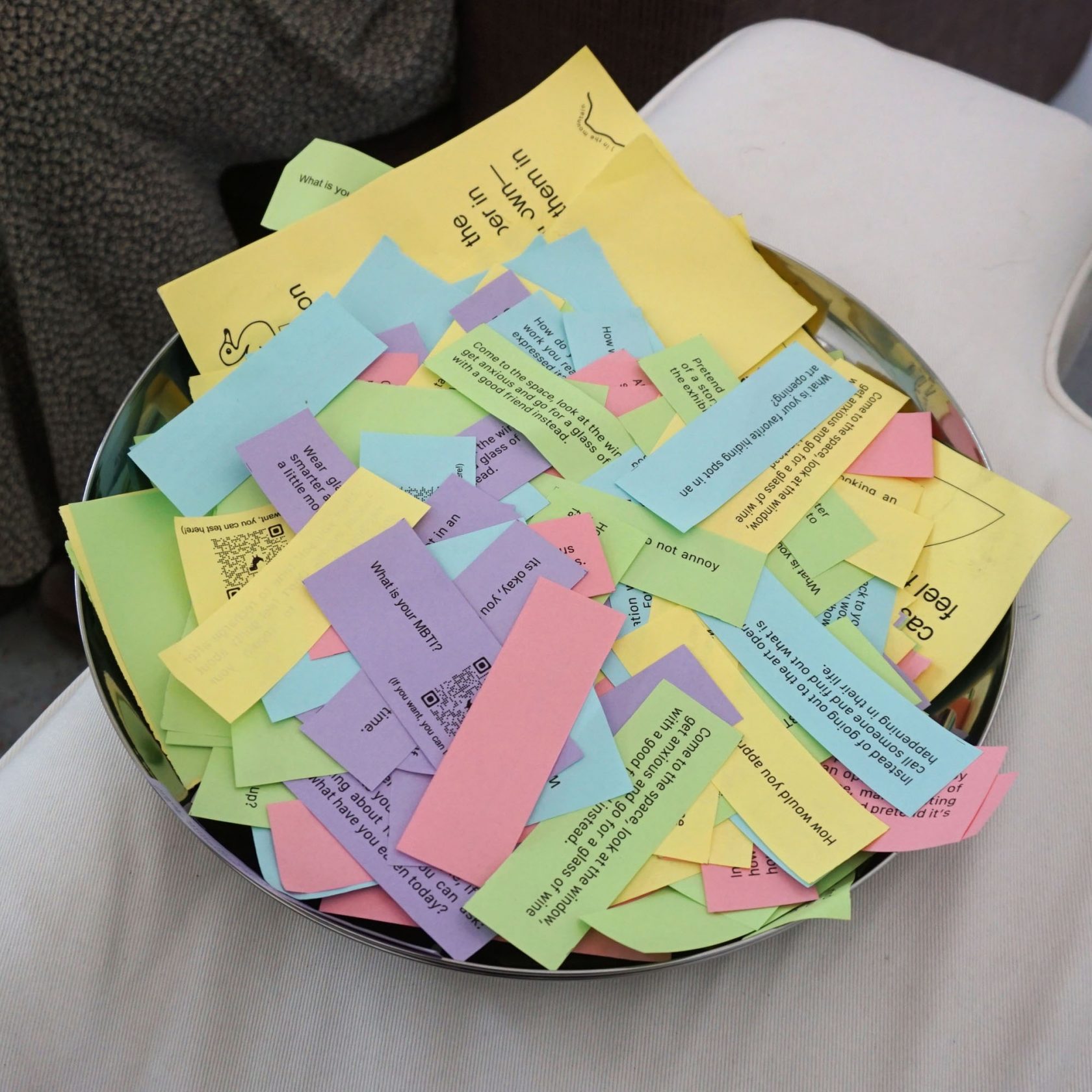
And then you decided to ‘hide in the mountain’? That’s what the name came from?
“Yes. But also, like, there is a mountain and you’re walking up the mountain and there’s a path to the peak but you decide to stay in the middle. You don’t have to reach the peak because you actually just want to be in the mountains.”
So, how can we characterize the ‘( )in the mountain people’ ?
“A little bit shy. Sensitive. I think we’re picky. Maybe in a way. Sensitive, but also maybe sensible. Genuine. So maybe we just like to be honest and stay close to yourself.”
And who then will be your audience?
“If people are interested and willing to come then they will, but it’s not entirely our responsibility to make sure that this happens. We are not necessarily expecting this to happen. We want to create a space that would align with our values and with our type of interest. We want to build a community and invite some people that could have the same experience and feelings about art as we do. It’s these kind of relationships that we really value and appreciate because then it feels more rewarding that they’re also here to witness our growth and that kind of stuff. So it’s more about strengthening relationships with others and to embrace the discourse within artists and how the artwork is evolving.”
Is this something that you’re missing within the art infrastructure?
“Maybe, because a lot of the times, when for instance I go to an opening, it feels very impersonal or you the feeling that you have to act in a certain way. It doesn’t always leave such a lasting impression on me when I go visit a show. Sometimes I crave for something a little bit more than just dropping by. I think for us, we like to promote to be open as a person and not as a product.”
“Billytown organized this really nice program in which every Friday an art collective was invited to take over their bar and have some sort of activity (or not), and then we did like this thing called the ‘Shy Art Bar’. So we printed a bunch of prompts and questions and put them on a silver tray for shy people to use during their visit and to escape from the pressure to interact and to perform.”
“The prompt consisted of sentences like: ‘find a corner and be comfortable with yourself’ or ‘it’s okay, you can stay home this time’. It was quite funny because most people who come to our Shy Art Bar were not shy or introverts at all. So they actually didn’t need the prompts. It turned out it was mostly just for ourselves.”
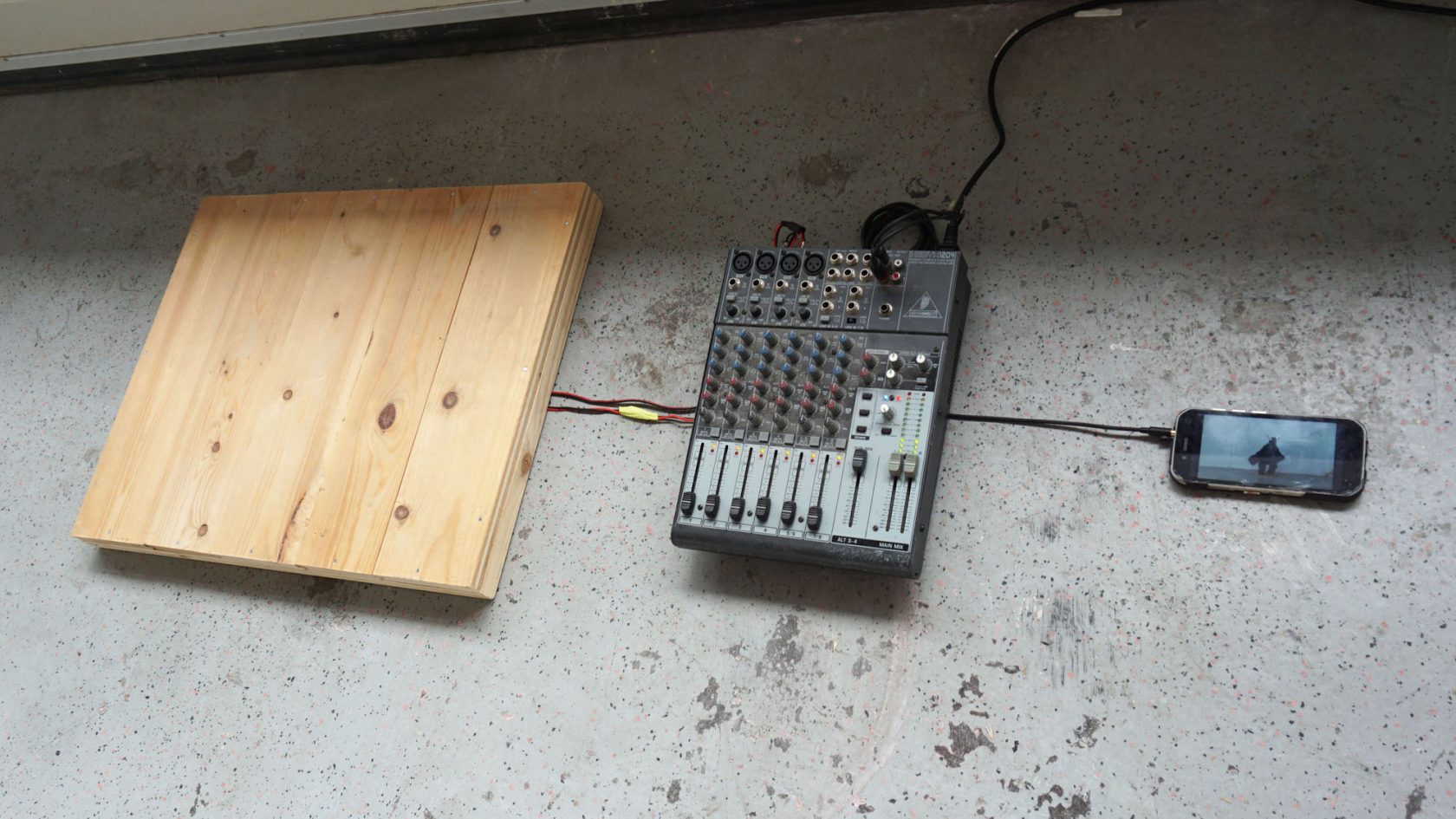
Afterwards, do you discuss or evaluate to check if things worked out the way you planned?
“I think we just talk about how was it. So for each one personally. We also have this tradition, before we have like an important meeting, to do ‘sharing circles’ in which we talk about our feelings and everything. Like what do you suffer at the moment? What’s bothering you? What’s your situation? So last year we had meetings every week to catch up about everything. And we start with talking about how everybody is feeling. So it’s a bit like therapy.”
So when I leave you will be having a ‘sharing circle’?
“I think most of the talking comes before the event. And then I think just not really the next thing we do we just think about what we want next on us. But it’s also funny because yesterday when we had our opening and everyone was busy with their own stuff. But everyone was like ‘oh I’m so happy today’. Maybe we just talk in the meantime about how we are feeling.”
Usually the kitchen is the place where people talk about their feelings.
“Last night, we also finished in the kitchen. We always finish in the kitchen talking, that’s true.”
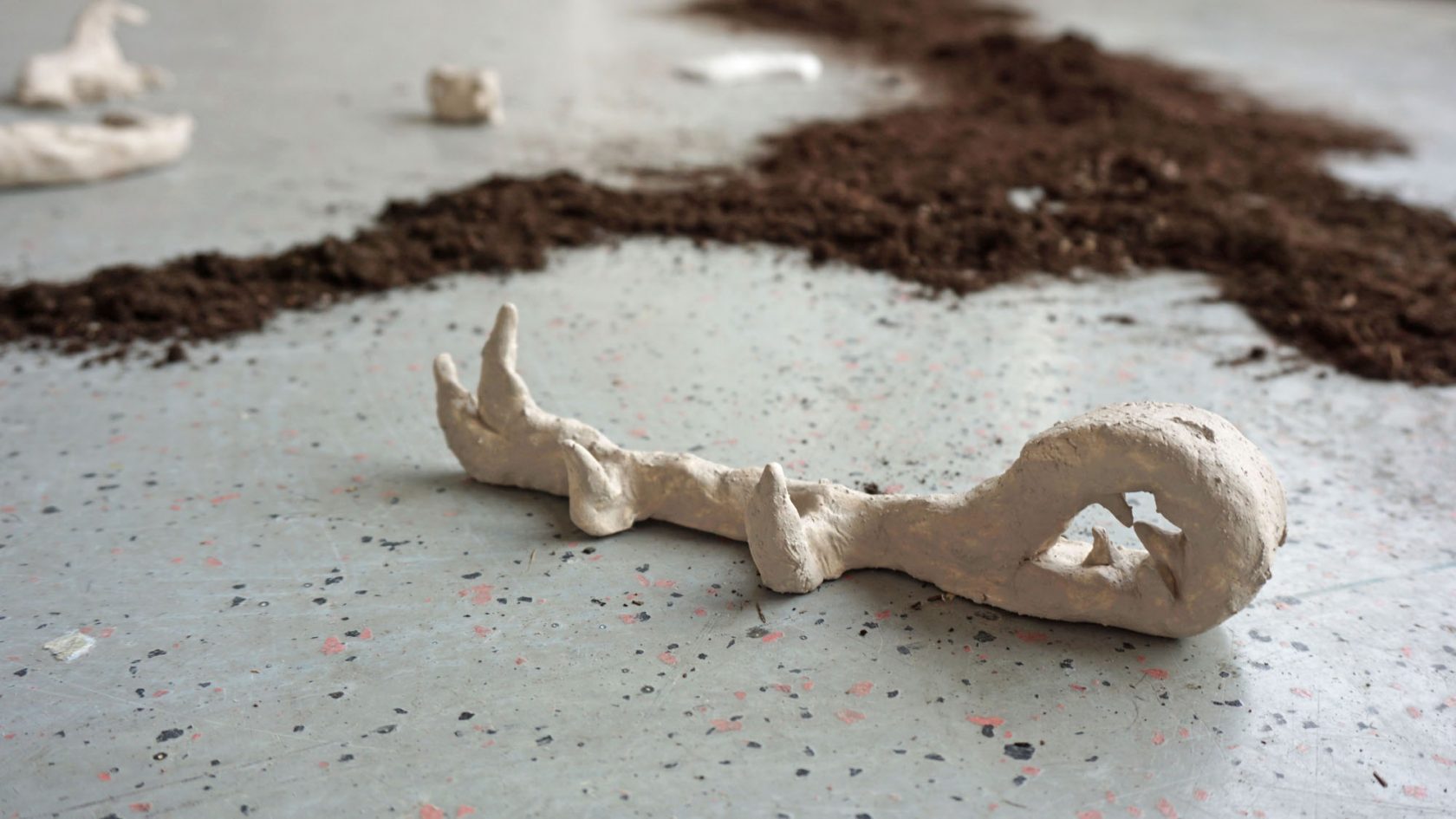
‘How to build a house: building the foundation’ took place from 6-8 October at ( ) in the Mountain, Saturnusstraat 89 in The Hague.